The application of foot-shaped 3D scanners in sports rehabilitation institutions primarily enhances the efficiency of rehabilitation assessment and treatment through precise data collection and analysis based on laser triangulation technology. The specific implementation methods are as follows:
I. Principle of Laser Scanning Technology
Non-contact high-precision data acquisition
By using laser projection in coordination with optical sensors, the foot contour and three-dimensional structure are rapidly captured through laser triangulation technology, generating point cloud data with an error of less than 0.5 mm, fully recording over 60 parameters including foot length, foot width, and arch height.
Rapid modeling and dynamic analysis
A laser grid is formed on the surface of the foot, and the distance difference is calculated through reflected light signals. A complete 3D foot model can be constructed within 10 seconds, supporting export in STL format for subsequent analysis.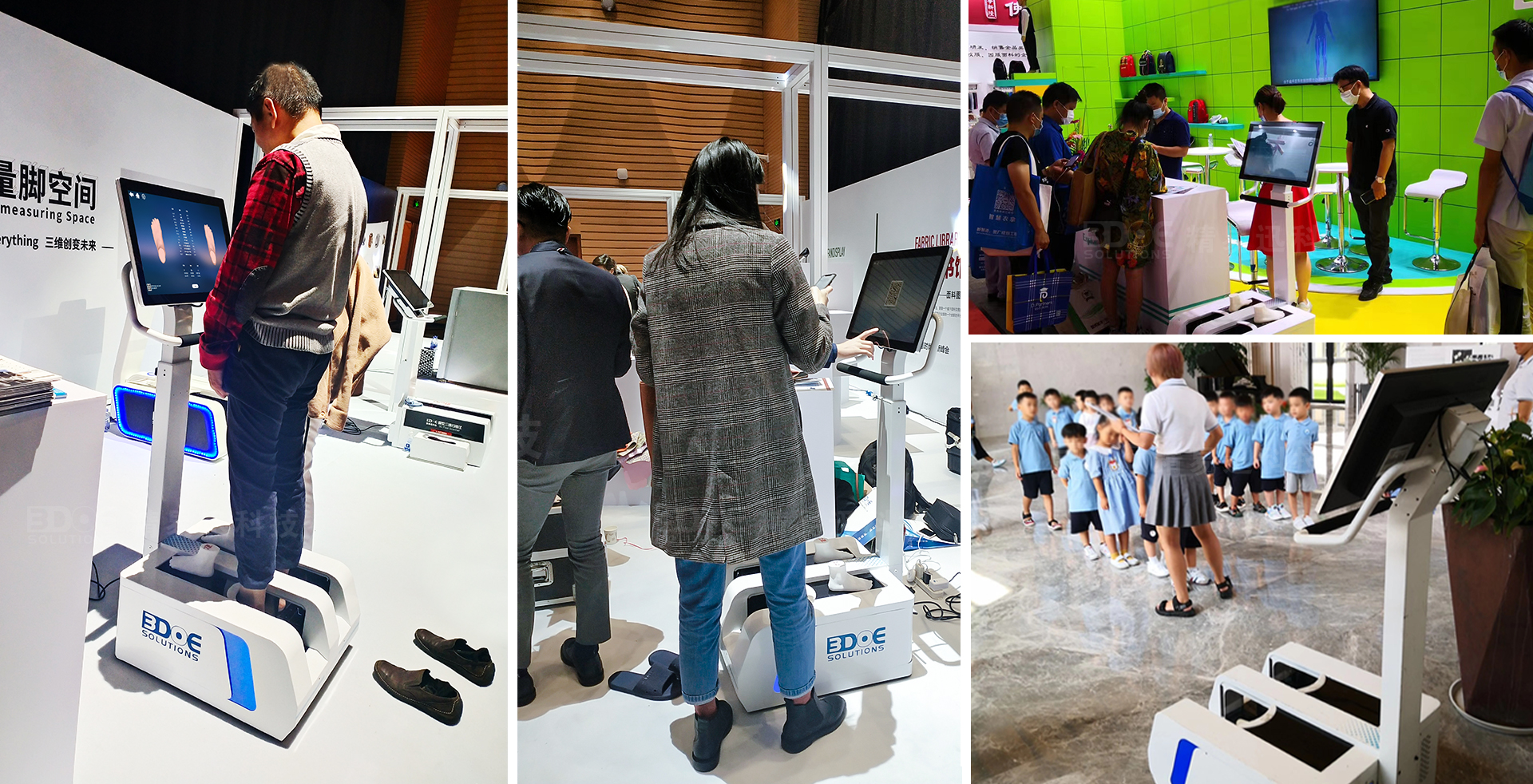
II. Applications for Improving Rehabilitation Efficiency
Accurate problem diagnosis
Structural abnormalities such as flat feet or high arches can be quickly identified through data on arch height and calcaneus symmetry.
Combined with pressure distribution analysis, areas of force imbalance caused by gait abnormalities can be located.
Personalized orthotic design
Scan data directly drives 3D printing of customized orthotic insoles, achieving a success rate 55% higher than traditional manual modeling.
Dynamic tracking of rehabilitation progress allows efficacy evaluation by comparing data changes from periodic scans.
Standardized process management
A digital foot database is established, realizing electronic management of patient records.
Laser scan results can be seamlessly connected to rehabilitation treatment systems, generating visual reports to assist communication between doctors and patients.
This technology achieves efficient digitalization through laser principles, allowing sports rehabilitation institutions to shift from experience-dependent to data-driven practices, significantly improving service accuracy and process efficiency.

 +86-0755-86131192
+86-0755-86131192 2025-08-27
2025-08-27 Back to list
Back to list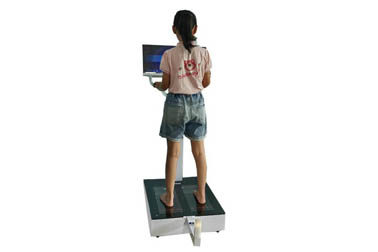
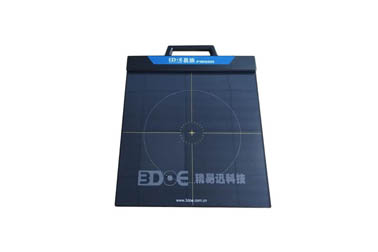
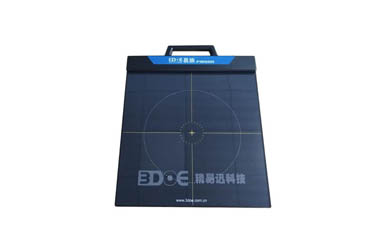
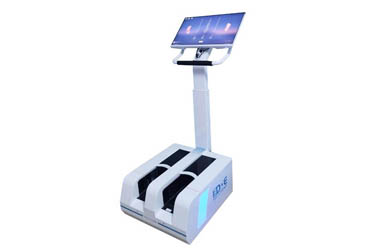
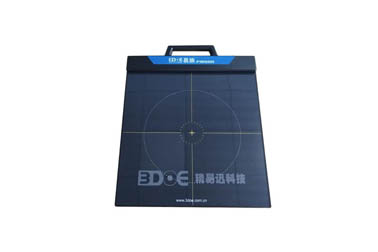
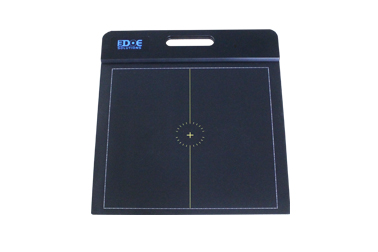



 +86-0755-86131192
+86-0755-86131192